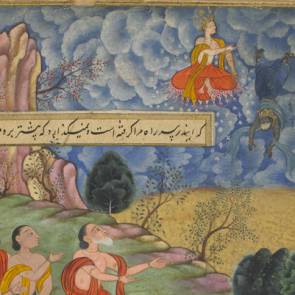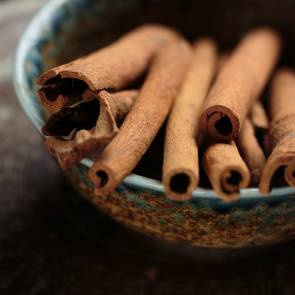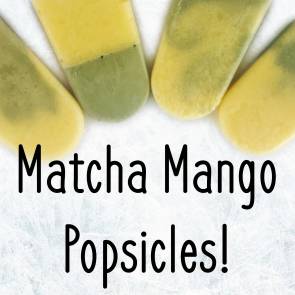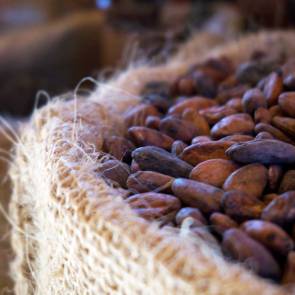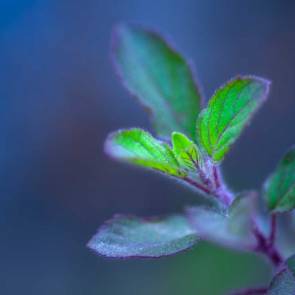Tulsi ( Rama )
Rama Tulsi (also known as Green Leaf Tulsi), is a tulsi with light purple flowers and an aromatic, clove-like scent (thanks to its chemical component of eugenol, which is the main aroma in cloves). It has a mellower flavor then Vana or Krishna tulsi. The infusion is deep yellow and has a little spicy and minty aroma with naturally sweet and pleasant flavor, a little similar to dry basil. It can be served as a hot tea by itself or with mixed other herbs and spices or as a refreshing iced tea.
Tulsi, also known as Holy Basil, the Queen of Herbs, the Incomparable One and The Mother Medicine of Nature, is as powerful a medicine as it is spiritual and holy. It is one of India's most sacred herbs, an aromatic shrub recognized for its spiritually uplifting and healing properties. In Ayurveda, Tulsi has been cherished for its unique medicinal properties. Today modern science has confirmed many of these properties, recognizing Tulsi as one of nature’s most powerful medicines and adaptogens.
Tea made out of Tulsi is native to India where it is valued as an energizing beverage with rejuvenating properties and because it is not a stimulant, it can be taken before bed and support deep sleep.
While Tulsi can balance vata (cold and dry qualities) and kapha (warm and moist qualities), and in excess it can increase pitta (hot and fiery qualities), it can be used in any season for all types. As a kapha-reducing herb, Tulsi supports the healthy elimination of mucus from the lungs and respiratory tract as well as any excess mucus in the digestive tract.
Tulsi is used in many of the Shanti’s blends for its truly wonderful properties and flavour:
Ingredients
organic Tulsi (Ocimum Sanctum)
Specifications
|
Serving Size: 2.5g /cup |
|
Steeping Temp: 100°C |
|
Steeping Time: 5 mins. |
|
Origin: India |
|
Caffeine: Caffeine Free |
|
Certification: Organic |
|
Aroma: Mint, basil |
|
Infusion Aroma: Mint, lightly citrus, earthy |
|
Infusion Color: Brown |
|
Infusion Strength: Medium-light |

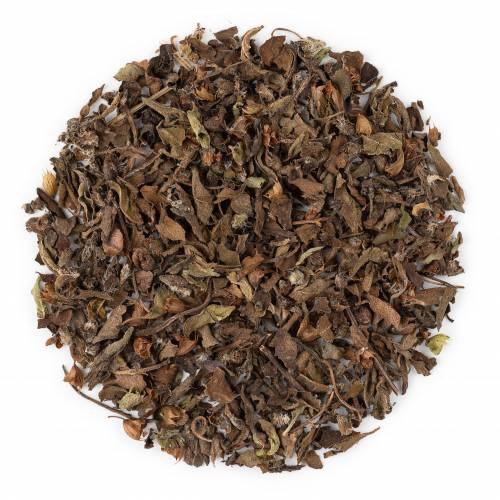
__pouch__large.jpg)
__tin__large.jpg)
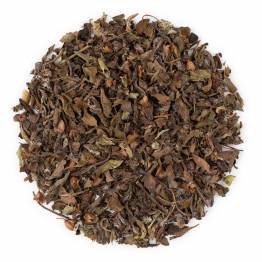
__pouch__small.jpg)
__tin__small.jpg)

